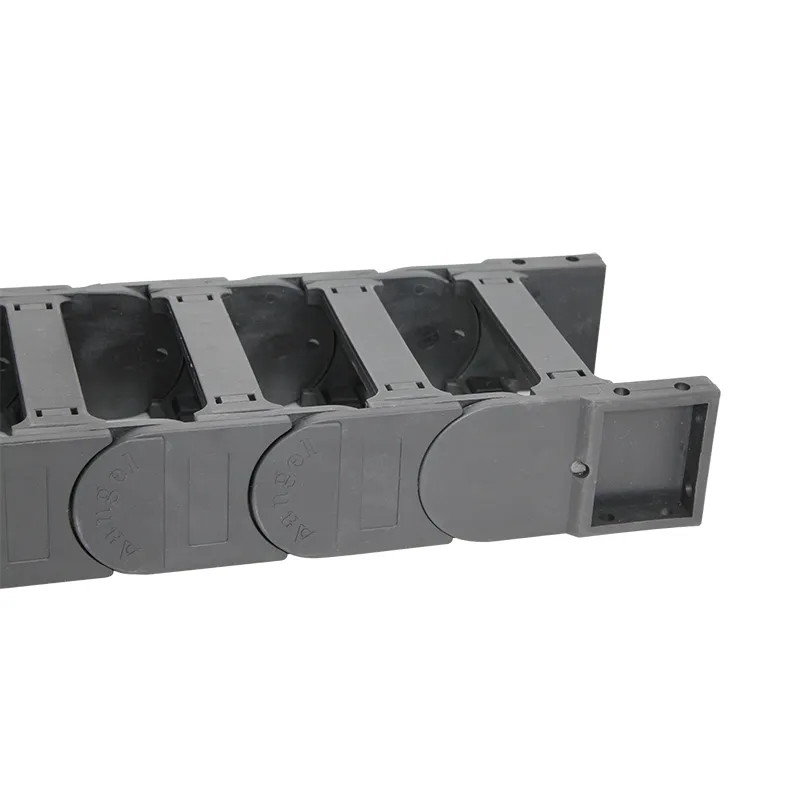Heavy-Duty Metal Drag Chains for Enhanced Durability and Performance in Material Handling
Understanding Metal Drag Chains A Comprehensive Guide
Metal drag chains, also known as cable carriers or energy chains, are essential components in various industries where machinery and equipment require organized cable and hose management. They provide a solution for the protection and guidance of cables, hoses, and various conductive elements by allowing them to move freely while minimizing wear and tear. Understanding the functionality, advantages, and applications of metal drag chains can significantly enhance the efficiency and longevity of industrial operations.
What Are Metal Drag Chains?
Metal drag chains are robust structures typically made from materials such as steel or aluminum. They consist of a series of interconnected links that form a flexible yet sturdy enclosure, allowing cables and hoses to be positioned inside. The design of metal drag chains ensures that the cables are kept in order, thus preventing tangling and damage that can arise from unmanaged cabling.
In various types of machinery, these chains are commonly mounted on moving parts, providing a protective conduit through which cables can seamlessly travel. The movement can be linear or rotational, and the drag chain design accommodates these motions without putting undue stress on the cables or hoses housed within.
Benefits of Using Metal Drag Chains
1. Durability Metal drag chains are known for their robust construction. Made from heavy-duty metals, they are designed to withstand harsh environments, making them suitable for heavy-duty applications where traditional plastic drag chains may fail.
2. Protection By housing cables and hoses within a protective chain, the risk of abrasion, kinks, and other forms of damage is significantly reduced. This protection prolongs the lifespan of the electrical and fluid systems in industrial equipment.
3. Organization Metal drag chains provide a systematic method of cable and hose management. They help organize multiple cables and hoses into a single pathway, which simplifies maintenance and troubleshooting, allowing for efficient repairs or modifications.
metal drag chain

4. Versatility These chains are available in a variety of sizes and configurations, making them adaptable to numerous applications—from CNC machines and industrial robots to automated production lines.
Applications of Metal Drag Chains
Metal drag chains are widely used across various sectors, including
- Manufacturing In factories where automated processes are prevalent, metal drag chains facilitate the smooth operation of machinery by managing the cables that power conveyors, assembly lines, and robotic systems. - Construction Construction machinery often requires extensive cabling for operation. Metal drag chains protect these cables from damage due to movement and environmental factors.
- Automotive In automotive production lines, metal drag chains help manage the wiring and hoses of machinery, ensuring a seamless workflow.
- Aerospace Given the stringent requirements of the aerospace industry, metal drag chains are utilized to secure and protect sensitive wiring in aircraft manufacturing and maintenance.
Conclusion
Metal drag chains are crucial in contemporary industrial environments, providing effective solutions for cable and hose management. Their durability, protective capabilities, and versatility make them invaluable components in a variety of applications. As industries continue to evolve and automate, the demand for reliable, efficient cable management systems like metal drag chains is set to rise. Investing in high-quality drag chains is not just a matter of maintaining equipment; it is key to fostering safety, efficiency, and productivity in the workplace.








